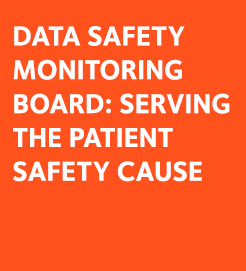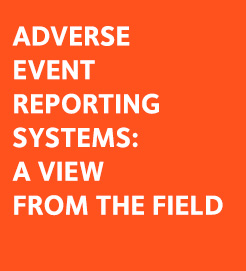Reconciliation of safety data collected in clinical trials is a crucial quality step that must be considered and planned very early in the clinical process. Failing to do so may result in serious quality issues or in important delays in the final steps of the trial and can potentially delay or even derail the submission and approval of a new drug. Here is a general overview of the “what”, “when”, “who” and “why” that clinical and safety managers should know and remember.
Why should we reconcile safety data in the first place?
During a clinical trial, safety data are collected in two parallel processes and stored in two separate repositories: the clinical database and the safety database. These two sources must be reconciled before the database lock to ensure completeness and consistency of the safety monitoring of the trial.
What should be reconciled?
Safety data reconciliation applies to all the data pertaining to Serious Adverse Events (SAE). In the clinical database, all Adverse Events (AE) are reported in a similar way and a defined set of information is recorded: AE verbatim, onset date, end date, severity (mild/moderate/severe), relation to the study drug or device (related/unrelated), outcome (ongoing/resolved without sequelae/resolved with sequelae) and Seriousness (Yes/No). In parallel, all SAE are reported through the safety process where they are described in much more detail and followed up until resolution. Many data points are common to the two processes and must be compared and reconciled.
When should reconciliation be done?
It is a common mistake to think that reconciliation should be done at the end of the trial. After all, the data must first be collected, then changes may occur during the data cleaning process and finally the two databases can be reconciled. Such approach is bound to create bottlenecks at a time when many other operations have to be urgently carried out. The right approach is to perform safety data reconciliation all along the conduct of the trial.
How can we manage such a “moving target” efficiently?
It is true that performing ongoing data reconciliation without the appropriate tools may prove very challenging and, at the end, counterproductive. However, with the right software the process can be made easy, transparent and efficient.
Who is in charge of safety data reconciliation?
Several departments are involved. Drug Safety and Clinical Research of course but also Data Management and Clinical Operations. Each one has their specific responsibilities and all together must convene regularly to compare, discuss and resolve discrepancies. In most companies, drug safety is in charge because they are ultimately responsible of the safety data quality.
What are the risks of late or poor safety data reconciliation?
Poor quality of the reconciliation process may result in erroneous or incomplete safety information reported to health authorities and in the submission dossier. It can result in critical audit findings and may have serious implications for access to the market of the drug or device. A slow process may delay the submission and result in financial loss for the sponsor. Finally a poorly organized process may create stress to employees and a poor image of the company among investigators and partners.
In summary, what is the best way to proceed?
First and foremost, make safety data reconciliation a standard process (define general rules that don’t need to be re-invented for every trial) and begin the reconciliation begins as soon as the first data become available. No matter how well you plan, there will always be adjustments to make after the first SAEs have been reconciled. Furthermore, it is essential to invest in good software tools and learn how to make the best use of them. Spreadsheets may be practical at times but will not do the job for anything larger than a phase 1 trial.
DOWNLOAD NOW THE FREE SAE RECONCILIATION HANDBOOK
The Manual / Reference Book with all the topics related to the Safety Data Reconciliation Management.







